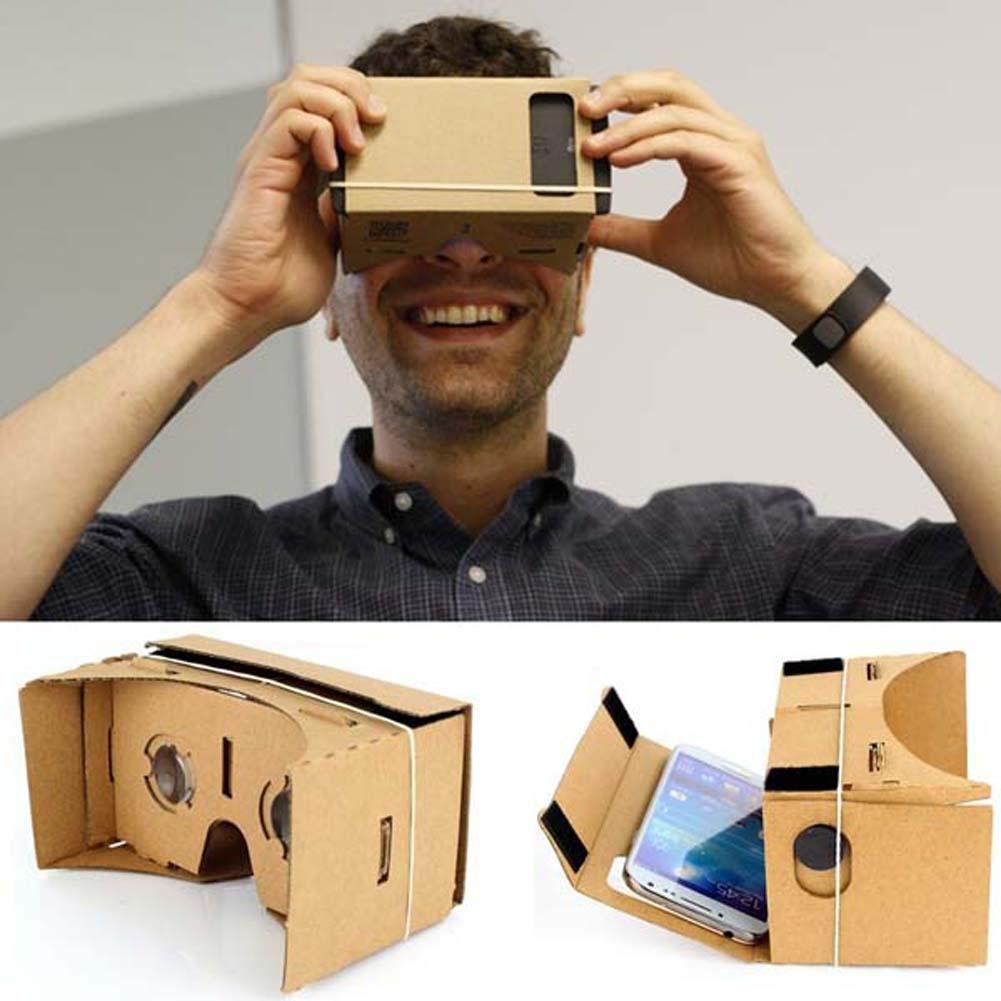

To tackle motion tracking for the VR experience, we will use a gyroscopic mouse.

By connecting the phone via a sync cable, we can minimize latency and complexity while maximizing image quality. There are many wireless solutions that work, but they often have problems when it comes to quality and latency. Because phones do not natively work as monitors for your PC, we will need streaming apps to get the image to the phone. The principal here is to mirror your PC display to your phone’s screen. This project will cost $10-60 depending on what you already have, and does not require any real technical knowledge to setup, unlike many LED-tracking methods. If you don’t want to do that project, products like Google Cardboard or Durovis Dive will also work great for this.
#VR DESKTOP GOOGLE CARDBOARD HOW TO#
If you haven’t seen the previous article on how to make your own smartphone VR viewer, you can see that here. This article will discuss how you can get the most out of your DIY or Cardboard VR viewer by setting it up to play PC games. The he enjoys both the immersion of VR as well as the challenges presented by creating a low-budget system. In addition to console and PC gaming, Ohaple has been designing, using, and refining his DIY HMD project since 2014. Ohaple is a life-long gamer and video producer. Since publishing his popular DIY VR headset guide back in 2014, Austin “Ohaple” is back with his latest refinements to the project, allowing you use use your DIY headset (or an off-the-shelf viewer like Google Cardboard) to play PC games by streaming them to your smartphone.


 0 kommentar(er)
0 kommentar(er)
